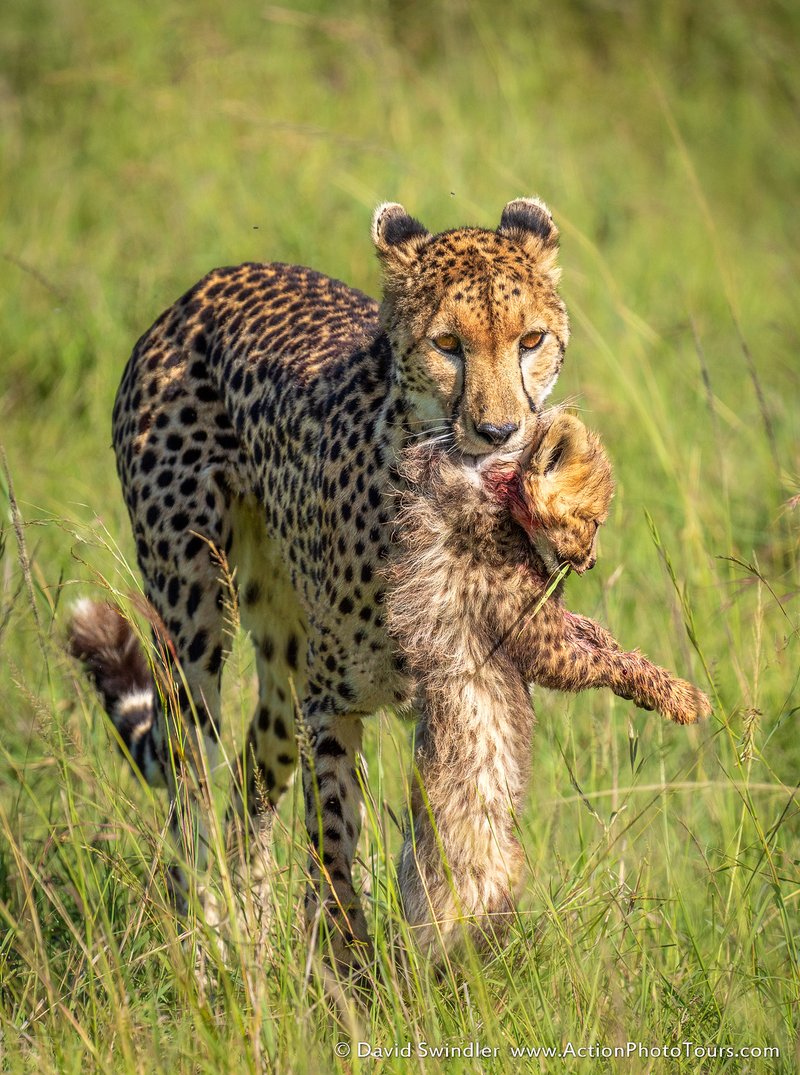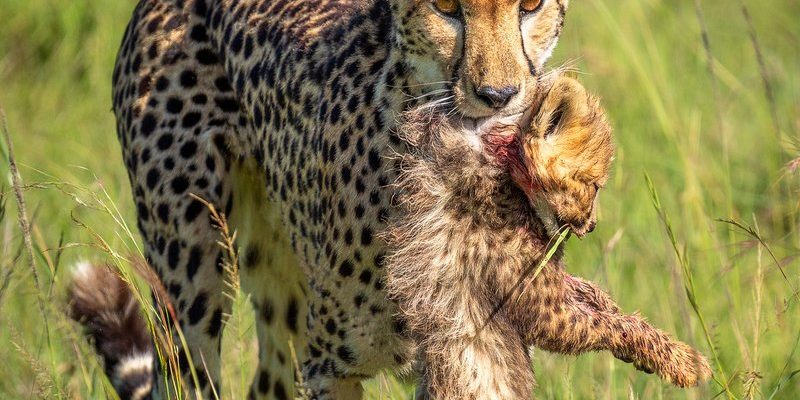
Urials, known for their distinctive curved horns and striking coloration, are found primarily in Central and South Asia. They’re not just surviving; they’re mastering the art of living in challenging environments where many would struggle. So, how do they pull this off? In this article, we’ll explore the various strategies urials use to endure tough conditions, from their physical adaptations to their social behaviors. Let’s dig into the fascinating world of these resilient creatures.
Physical Adaptations to Harsh Environments
Urials are built for the rough life. Their strong, muscular bodies are perfect for climbing steep slopes and navigating rocky terrains. With sturdy hooves designed for stability, urials can easily traverse the uneven surfaces that would trip up other animals. It’s like they’ve got built-in climbing gear!
Another key feature is their thick fur coat, which acts as insulation. In the chilly high-altitude areas they inhabit, this fur keeps them warm when temperatures plummet. Their fur changes with the seasons, adapting to either reflect the heat of summer or trap warmth in winter. You might say they’re nature’s version of a high-tech jacket.
But it’s not just about their coats. Urials also have excellent vision, particularly in low-light conditions. Their large eyes let them spot predators from a distance. If you think about it, it’s like having a security system that alerts them to danger before it’s too late.
Water Conservation Strategies
Living in arid conditions often means water is scarce. Urials have some clever tricks up their sleeves to cope with this challenge. They can survive for long periods without drinking water directly, getting much of their hydration from the vegetation they eat. Think of it like eating a juicy watermelon on a hot day—refreshing and hydrating all in one!
Their bodies are also super efficient at conserving water. They have a lower metabolic rate compared to many other animals, meaning they require less water overall. This adaptation is crucial in environments where water sources might be few and far between. With this strategy, urials can roam vast landscapes while making the most of what little moisture they find.
During times of drought, urials have been known to alter their feeding behaviors as well. They might shift their diet to include drier plants that hold more nutrients, ensuring they get the sustenance they need without relying heavily on water-laden grasses.
Social Structures and Group Dynamics
Urials are social animals, often found in groups called herds. This social structure is crucial for their survival in harsh environments. When they’re together, they can better protect one another from predators, like snow leopards. Just think of it as a team of friends looking out for each other during a night out in the city.
The hierarchy within a herd helps maintain order and facilitate access to resources. Dominant males lead the group, ensuring that the younger and weaker members are safe. This leadership is not just about strength; it’s also about experience. Older males help navigate the terrain, finding safe passage and food sources.
Additionally, being in a group allows urials to share information about dangers in their environment. If one urial spots a predator, it can alert the rest of the herd, which can then scatter and escape. Honestly, you don’t want to be the lone wolf (or urial) in a predator-filled area—it’s all about strength in numbers!
Dietary Flexibility
You might be surprised to learn that urials don’t stick to one type of food. Instead, they have a pretty varied diet that helps them thrive in different environments. They typically graze on grasses, shrubs, and herbs, adjusting their menu based on what’s available seasonally.
In summer, when fresh greens are abundant, they feast on lush pastures. But when winter hits and the grass dies back, urials can switch to tougher plants and bark. This dietary flexibility is a game-changer, allowing them to survive when their preferred food isn’t around.
Also, since urials are natural grazers, they play an important role in their ecosystem. By eating plants, they help shape the landscape, promoting growth and health in their habitats. It’s a win-win for both them and the environment!
Adaptations to Extreme Temperatures
The places where urials live can be extreme—hot during the day and freezing at night. To cope, they have developed some incredible adaptations that allow them to withstand these temperature swings.
During the daytime heat, urials tend to be more active in the cooler morning and evening hours. This behavioral adaptation helps them avoid the heat of the day, much like how we might choose to go for a walk early in the morning.
At night, when temperatures drop, they utilize their thick fur to stay warm. Their bodies are built to conserve heat, and they often huddle together in groups to share warmth, much like friends cuddling under a blanket during a chilly movie night.
Migration Patterns for Survival
Mobility is another vital aspect of how urials survive in harsh environments. They often migrate seasonally, moving to different areas in search of food and more favorable conditions. This migration allows them to take advantage of resources that vary throughout the year.
When winter arrives, urials might head to lower elevations where the winds are less harsh and food is more available. In spring and summer, they can ascend to higher altitudes where the grazing is plentiful. This movement is crucial; staying in one spot can lead to resource depletion and increased vulnerability to predators.
What’s fascinating is how they remember these migratory paths. It’s almost like they have a mental map, passed down through generations, guiding them to the best grazing spots year after year.
The Role of Humans in Urial Survival
Finally, let’s consider how human activities impact urials. Sadly, their habitats are under threat due to farming, urban development, and poaching. The challenge is finding a way for humans and wildlife to coexist.
Conservation efforts are crucial for protecting these incredible animals. Awareness campaigns and protected areas help ensure that urials have enough space to thrive. It’s a bit like setting up a safe playground for kids—creating environments where they can grow and play freely.
By supporting conservation initiatives, we can help secure a future for urials, ensuring their remarkable adaptations will continue to be showcased in the wild for generations to come.
In conclusion, urials are extraordinary creatures with a robust set of skills for surviving in challenging environments. Their physical adaptations, social behaviors, and dietary flexibility all play a role in their resilience. Let’s cherish these incredible animals and work towards preserving their unique habitats—because a world without urials would certainly be less vibrant.

